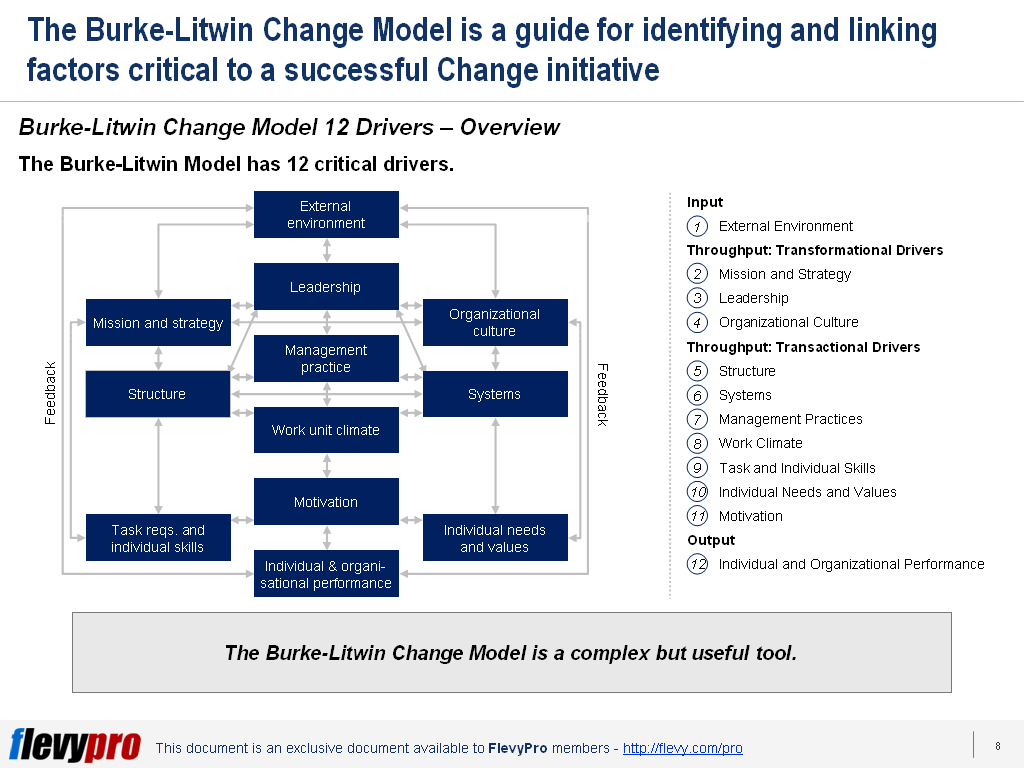Organizations are continually searching for innovative ways of enhancing competitiveness. This is brought about by evolving external  factors such as changing demographics, globalization, and technology. Because of changing dynamics, it has required managers to rapidly rethink and retool their organizational management strategies.
factors such as changing demographics, globalization, and technology. Because of changing dynamics, it has required managers to rapidly rethink and retool their organizational management strategies.
Coming up with the appropriate strategies calls for an increasing need for organizational diagnosis in developing and maintaining a competitive advantage. Researchers believe that in conducting organizational diagnosis, organizational effectiveness must be viewed from a systems perspective using a multidimensional approach in assessing the factors affecting enterprise performance management.
At this point wherein the role of organizational climate in business performance has become significant, there is a need for a business model that is most influential. To date, the Burke-Litwin Change Model is the best known and most influential model suitable when it comes to organizational climate.
A Quick Look at Burke-Litwin Change Model
The Burke-Litwin Change Model is seen as a conceptual framework that can best describe the relationships between different features of the organization, as well as its context and effectiveness.
According to Burke and Litwin (1992), Change Management models are not meant to be prescriptive. They are meant to provide a means to diagnose, plan, and manage change. Using the Burke-Litwin Change Model will provide organizations an effective diagnostic tool to improve overall organizational performance. It is a useful model for understanding the organizational change process.
The Burke-Litwin Change Model, as a change management tool, assumes 12 organizational elements that determine a change within an organization.
The Burke-Litwin Change Model 12 Drivers
The 12 key drivers of the Burke-Litwin Change Model interact with and affect each other. The change in the 12 key drivers brings about a series of changes in the structure, practices, and the system of the organization.
The 12 key drivers have been organized based on their specific roles within the organization.
Input.
- External Environment. The External Environment is the external influences important fo organizational changes. These are the economy, customer behavior, competition, politics, and legislation.
Throughput: Transformational Drivers. Transformational Drivers are those that make up the fundamental structure of an organization. It relates to the organization as a whole. There are 3 Transformational Drivers.
The 3 key drivers have over-riding importance of dealing with a change that is intended to share up “the way things are done around here.”
Throughput: Transactional Drivers
Transactional drivers are drivers that are more easily changed, but rarely have the same kind of impact on organization-wide performance. This concerns daily activities that take place in organizations and their mutual cohesion. There are 7 Transactional Drivers.
- Structure
- Systems
- Management Practices
- Work Climate
- Task and Individual Skills
- Individual Needs and Values
- Motivation.
The Transactional Drivers can affect performance. However, performance can only be long-lasting if these key drivers are aligned. The 7 key drivers are critical in their role of supporting the change process.
Output
Individual and Organizational Performance is the 12th key driver. It is the outcome of the change.
The 12th Key Driver: The Individual and Organizational Performance
The only thing that is constant is change. As output changes, so does the input and the factors of change. Individual and Organizational Performance is the measure of the effectiveness of the change. It measures the performance levels of both the individual employee and on the departmental and organizational level.
Individual and Organizational Performance can be measured on the basis of turnover, productivity, quality requirements, efficiency, and customer satisfaction. This is the key driver that impacts on the external environment.
Interested in gaining more understanding of the Burke-Litwin Change Model? You can learn more and download an editable PowerPoint about the Burke-Litwin Change Model here on the Flevy documents marketplace.
Are you a management consultant?
You can download this and hundreds of other consulting frameworks and consulting training guides from the FlevyPro library.

Comments